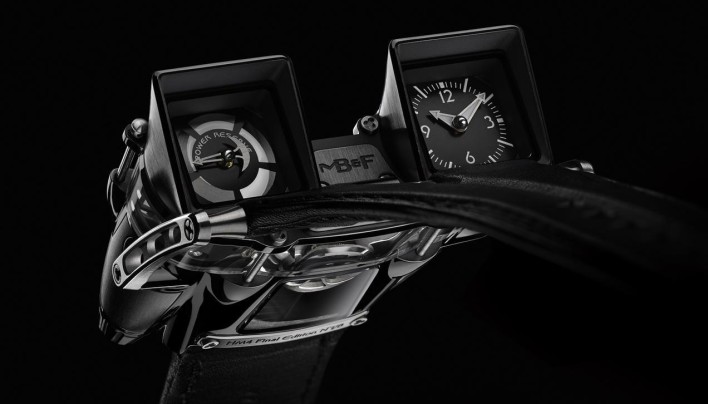To some people a watch is nothing more than just a device to check the time, and they are all the same. But to other people a watch is a piece of art, and the fact that you can read the time on it, is just an added bonus. For all the people that fall in the first category we have 15 Pictures to convice you that not all watches are the same, and that some are truly unique and awesome !
Fun fact about watches : The first watch known to men is from 1530!
A watch is a timepiece, typically worn either on the wrist or attached on a chain and carried in a pocket. Wristwatches are the most common type of watch used today. Watches evolved in the 17th century from spring powered clocks, which appeared in the 15th century. The first watches were strictly mechanical. As technology progressed, the mechanisms used to measure time have, in some cases, been replaced by use of quartz vibrations or electronic pulses.[1] The first digital electronic watch was developed in 1970.[2]
Before wristwatches became popular in the 1920s, most watches were pocket watches, which often had covers and were carried in a pocket and attached to a watch chain or watch fob.[3] In the early 1900s, the wristwatch, originally called a Wristlet, was reserved for women and considered more of a passing fad than a serious timepiece. Men, who carried pocket watches, were quoted as saying they would “sooner wear a skirt as wear a wristwatch”.[4] This changed in World War I, when soldiers on the battlefield found pocket watches to be impractical and attached their watches to their wrist by a cupped leather strap. It is also believed that Girard-Perregaux equipped the German Imperial Navy with wristwatches in a similar fashion as early as the 1880s, to be used while synchronizing naval attacks and firing artillery.[4]
Most inexpensive and medium-priced watches used mainly for timekeeping are electronic watches with quartz movements.[1] Expensive collectible watches, valued more for their workmanship and aesthetic appeal than for simple timekeeping, often have purely mechanical movements and are powered by springs, even though mechanical movements are less accurate than more affordable quartz movements. In addition to the time, modern watches often display the day, date, month and year, and electronic watches may have many other functions. Watches that provide additional time-related features such as timers, chronographs and alarm functions are not uncommon. Some modern designs even go as far as using GPS[5] technology or heart-rate monitoring[6] capabilities.
The study of timekeeping is known as horology.






















